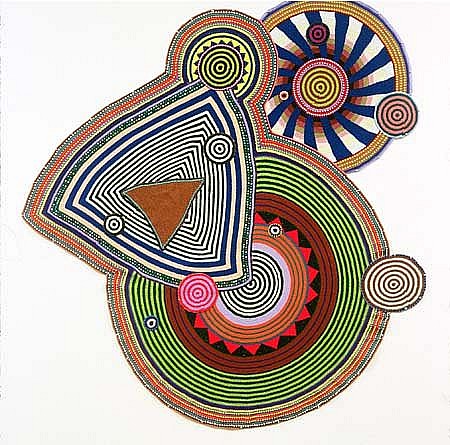
Black female textile artists
This post will focus on three incredible Black female artists who create exciting, contemporary and thought-provoking work using traditional textile techniques.
Read More
To find out more details about the transfer to The Open University see A New Chapter for OCA.
Explore #WeAreOCA
Skip Navigation
This post will focus on three incredible Black female artists who create exciting, contemporary and thought-provoking work using traditional textile techniques.
Read More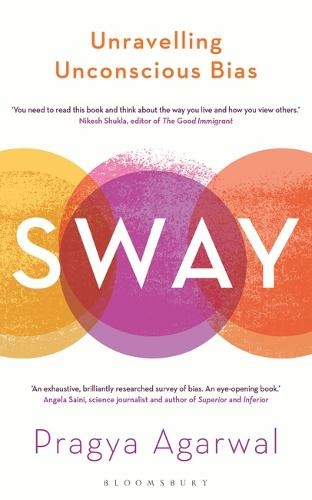
Join Dr Pragya Agarwal on 31 July.
Read More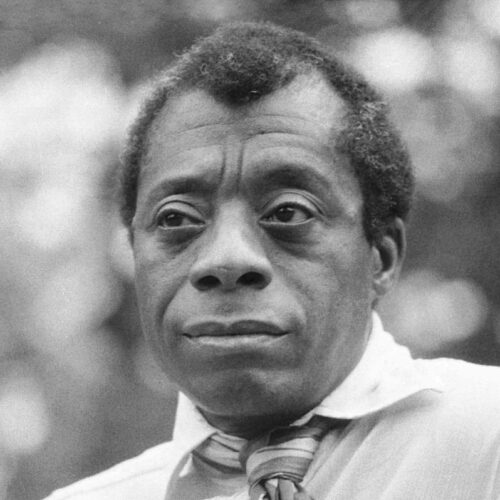
The past couple of weeks have found us in the middle of a culture war around statues and TV but, as Ash Sarkar reminds us, ‘the context of a work – film, telly, whatever – is bigger than that piece of content on its own. Meaning is what happens when a work is in conversation with its audience’.
Read More
In a time when we’re saturated with images of race and violence, reading an image should also involve thinking about how it positions me, the viewer, in relation to it.
Read MoreLast year OCA launched an ambitious new 10-year strategy, available on our website, that talked of closing equality gaps, and making a curriculum that is ‘sensitive to global and cultural contexts’. But how to get there? How do we make a curriculum that is reflective of the work and perspectives of people all around the world? How do we ensure that there are no equality gaps?
Read More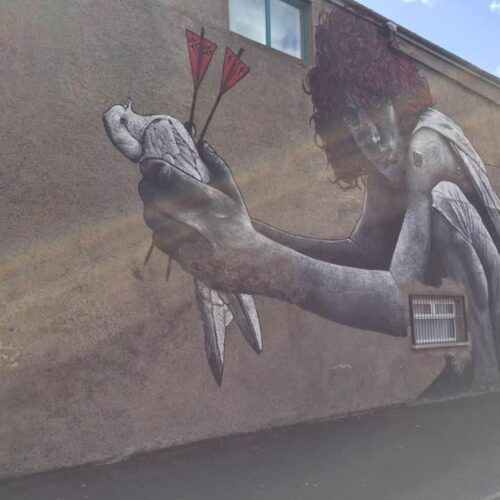
Like many, I’ve been reflecting on the recent protests following the killing of George Floyd, and the responses to the #BlackLiveMatter, in particular across Higher Education. These have ranged from the extremely thoughtful and sensitive to the very corporate and hollow. This has forced me to take a long hard look at myself and the organisation that I’m very proud to lead the Open College of the Arts and consider are we doing enough to live up to our values of diversity and inclusion?
Read More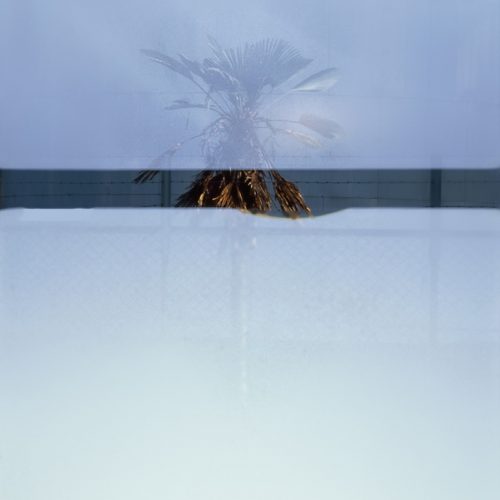
Dr. Andrea Stultiens replied that to her decolonising meant adding perspective, not changing from one perspective to another: ‘I’m making my gaze relative by placing other gazes next to it’.
Read More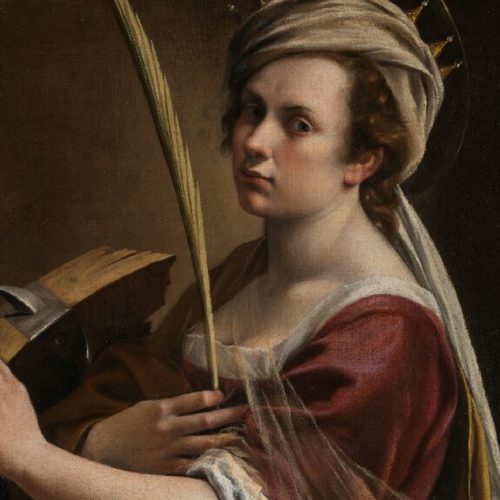
For centuries, women have fought against adversity to pursue artistic careers in what was (and arguably still is) a man’s world. They have suffered the humiliation of having their works passed off under someone else’s name, of being barred access to training, of struggling to do what men have taken for granted (simply represent themselves on canvas or celluloid) and of having their pieces relegated to dark corners of museum and gallery storerooms.
Read More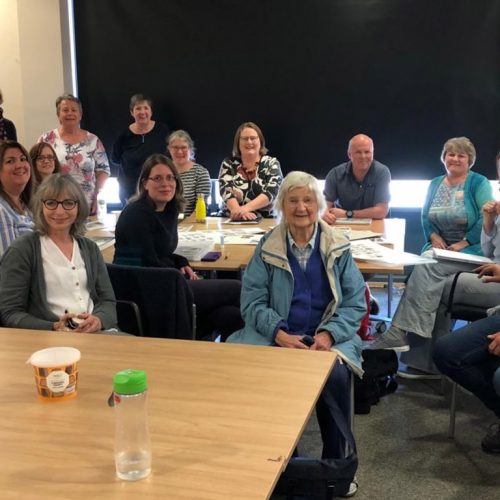
With such a large multidisciplinary group, I wanted to start the day with a lecture on ‘Global Perspectives in Contemporary Creative Arts’. I’m aware that teaching and learning around a historical context for the arts can have a Western bias that feels out of touch with the much broader globalised discourse that is happening today.
Read More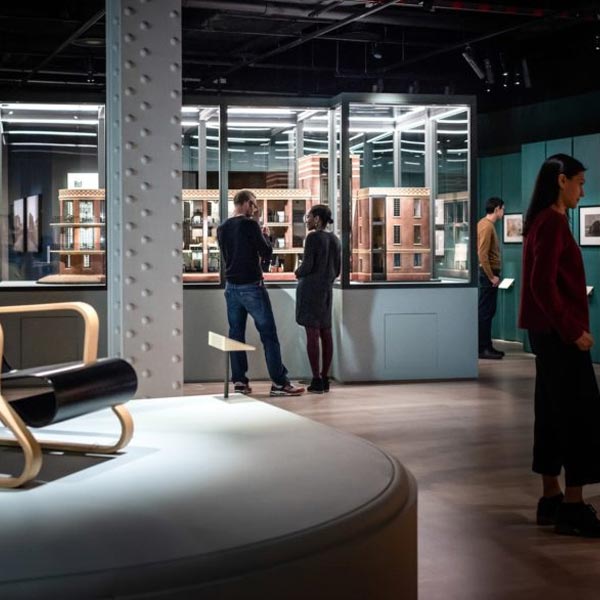
Since March is Women’s History Month it seems like a good time to celebrate the work of women writers from an earlier age. Fortuitously, as joint editor of NAWE’s Higher Education Journal, Writing in Practice No 5, I read an article by Sally O’Reilly analysing her approach to writing a historical novel, Dark Aemelia, (Myriad Editions, 2015) about Shakespeare and his relationship with Aemilia Lanyer, a contemporary poet, and a possible identity for the Dark Lady of his sonnets.
Read More